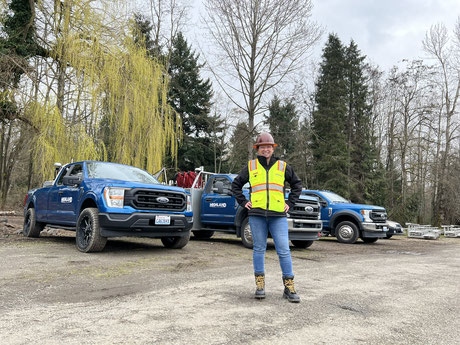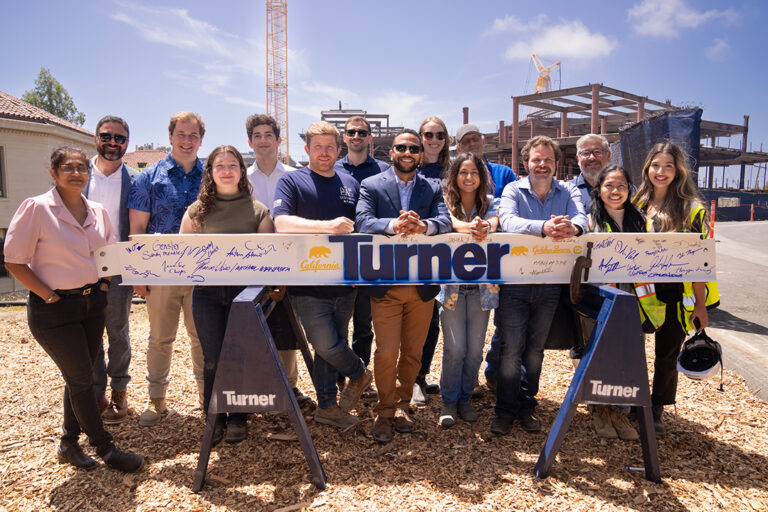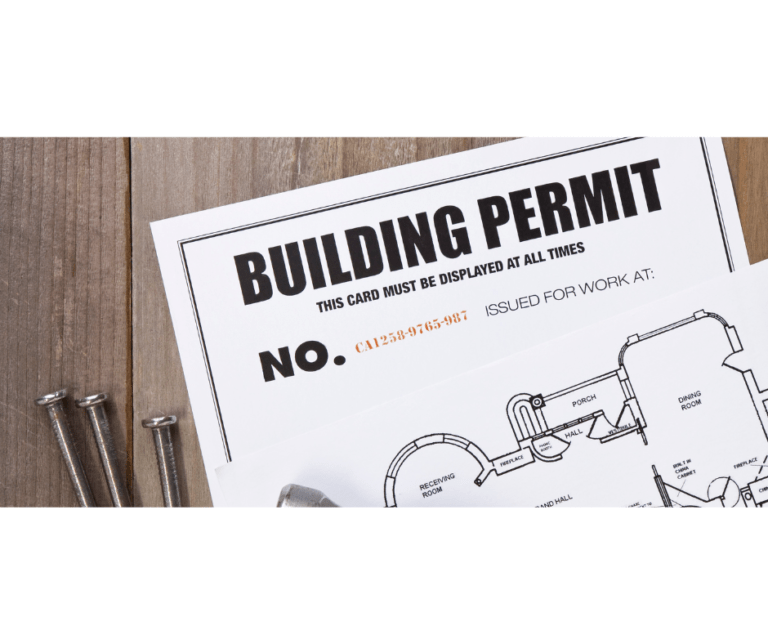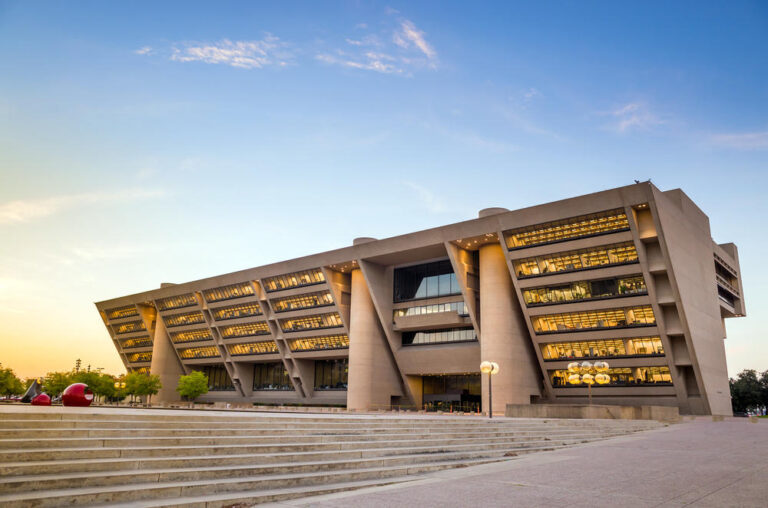A new study has found that slow payments are costing general contractors and subcontractors $64 billion a year. This is a $24 billion increase from the 2018 study from construction finance platform Rabbet, formerly Contract Simply, as the company added general contractors to the respondent mix.
Rabbet conducted the study in partnership with Procore Technologies and found that the 51-day average payment turnaround is particularly hard on labor- and material-intensive subcontractors. More than 60% of subcontractors said they have chosen not to bid on certain projects if the owner or general contractor has a reputation for paying late, and 72% said they would offer a 1% to 5% discount for quicker payments, saving the construction industry approximately $44 billion. Only 39% of subcontractors reported that they are able to cover the late payments with cash on hand, forcing them to incur the costs associated with using lines of credit, credit cards, personal savings and even retirement savings.
General contractors have it a little easier when it comes to slow-paying owners, with 35% responding that they have to look to sources outside their balance sheets for alternative financing. About 22% of general contractors reported that they sometimes hold back subcontractor payments to increase their own working capital, although contractors with less than $5 million in annual revenue were most likely to practice this.
The tendency for some owners to make slow payments only drives up the cost of the project, by about 5.3%, according to the Rabbet study. Owners also risk mechanic’s liens and project shutdowns, the costs of which are included in Rabbet’s estimated cost increases.
On the $1 billion Oceanwide project in Los Angeles, for instance, owner Oceanwide Holdings is trying to refinance the project, and in the meantime, subcontractors and general contractor Lendlease have walked off the project. Earlier this year, mechanic’s liens on the project totaled approximately $100 million. If and when the project restarts, the owner will likely face demobilization and remobilization fees. Standard forms of contract, like those published by the American Institute of Architects (AIA), explicitly allow for these types of charges if the owner fails to make payment.
On a positive note, the Rabbet survey found that 95% of general contractors understand the value of paying subcontractors on time. In fact, almost 75% of general contractors reported paying more frequently than once a month. To do so, however, they sometimes incur as much as 35% in financing costs. It makes sense that general contractors would try to take care of their vendors, though, because in order to secure future work, they need a reliable stable of subcontractors willing to supply them with bids.
One way that general contractors can help to ensure on-time payments is to perform a little due diligence prior to signing its own contract with the owner. This would include asking for proof that the owner has financing lined up for the project.
In the AIA’s A201-2017 General Conditions of the Contract for Construction, general contractors can ask for this proof before the project begins or if the owner falls behind in its payments after the project has started. A letter of commitment from the bank or other lender, financial statements, bank statements or a bond commitment from a public agency are all acceptable means of verifying that the necessary funds are in place.
Source: Construction Dive







